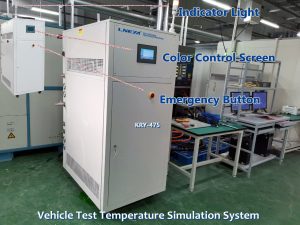Temperature control mode of automatic control system of reaction kettle
Related recommendations
-
Constant temperature circulation device can help chip to complete reliability test
939As the country vigorously develops domestic chips, chip manufacturing is entering the fast lane. After the chip is manufactured, there is a very critical link, which is the reliability test, and the constant temperature circulation device can quic...
View details -
Explosion-proof high and low temperature integrated machine advantage
1136Explosion-proof high and low temperature integrated machines are used in the current pharmaceutical and chemical industry. The heat transfer medium of the entire circulation system is a fully closed cycle, the circulation system has a liquid expan...
View details -
Which reactions need temperature control in the process of chemical and pharmaceutical production?
946Precise temperature control plays a crucial role in the reaction process during synthesis/crystallization in the production of chemical and pharmaceutical products. In the field of fine chemicals, many chemical reaction processes and crystallizati...
View details -
Vehicle high temperature and high humidity test vehicle anti-aging performance
1019On test benches in the automotive industry, accurate temperature simulation is critical. From the time of the test, the air temperature in the test chamber has always been maintained at 45 ℃, which is equivalent to the hottest area of the Flaming...
View details
 LNEYA Industrial Chillers Manufacturer Supplier
LNEYA Industrial Chillers Manufacturer Supplier











